
We talk a lot about online branding in our blog, but let’s not forget about real-life branding!
We’re living in an age where people are glued to their screens, which is why you can make a massive impact by printing your logo on physical items, like utensils, clothes, backpacks, etc.
And once you have a great logo, an excellent way to put your business in front of people’s eyes is to print your logo on a business card, coffee cup, or sweater—objects that constantly make their way in front of new eyes.
In this post, we’re going to show you how to get the most out of printing your logo and all of the steps you need to get it done.
Glad you asked! If you want to ensure your items have the highest quality, you need to use a file that’s up to the task. We’ll explain why:
1. Before you can print your logo on anything, you need to make sure you have it in the correct file type (Note: When using our logo creator, you’ll automatically receive print-friendly files), and that your logo is a good fit for the item you want to print on.
2. Printing on anything with a curved surface, such as a travel mug (for when you’re on the go), can cause your logo to become warped—in which case, you can shrink your logo to avoid this issue.
3. It’s also an excellent idea to be aware of how your logo colors contrast with the printed item. Printing your red logo on a red t-shirt means your logo is hard to see. You’ll need a transparent version of your logo if you ever run into such an issue. And, on that note—
4. To get the most out of your printed item, use a transparent logo. When your logo has its own background printed onto the item, it won’t look as professional. Not all logo files allow you to use transparent backgrounds, so we’ll let you know which ones to use below.
With all that in mind, here are the file types you need to have in your arsenal:
EPS files use a vector format that is designed specifically for printing. So, it’s a great choice to use for printing large signs and banners, or on smaller items like pens and tags. When your logo is in EPS format, it can easily be resized and edited without losing any of its quality. When printing your logo, it’s always a good idea to use EPS unless told otherwise.
PNG allows for higher-quality prints than JPEG, plus it can also have a transparent background like EPS. However, this file type is more limited than EPS when it comes to the quality of its color and resolution.
When resizing a PNG file, you’ll often find that the resolution decreases, which will increase the chances of your logo appearing blurred. PNG logos are fine to use on the internet but are not as optimal as EPS—especially for print.
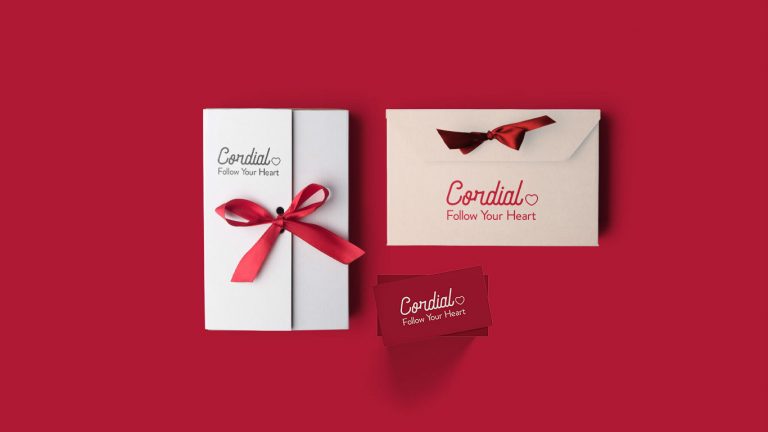
You can print your logo on all kinds of different stationery items, ranging from business cards to notebooks and post-it notes.
When it comes to popular business items, the most commonly used are letterheads on paper. Whenever you print out letters and official documents, having your logo on them is an excellent way to increase your credibility.
Most paper-based stationery is white, so be sure your logo is visible and easy to see. Using a transparent background will also make it look more professional.
The same also applies to items like buttons and USB drives. In fact, the smaller the item, the more critical it is that your logo is visible.
When printing your logo on stationery, the most important thing is to make sure you have a margin—generally 50% of the logo’s size on either side of the logo. Always make sure that there’s a big enough separation between the text on the stationery and the logo itself.
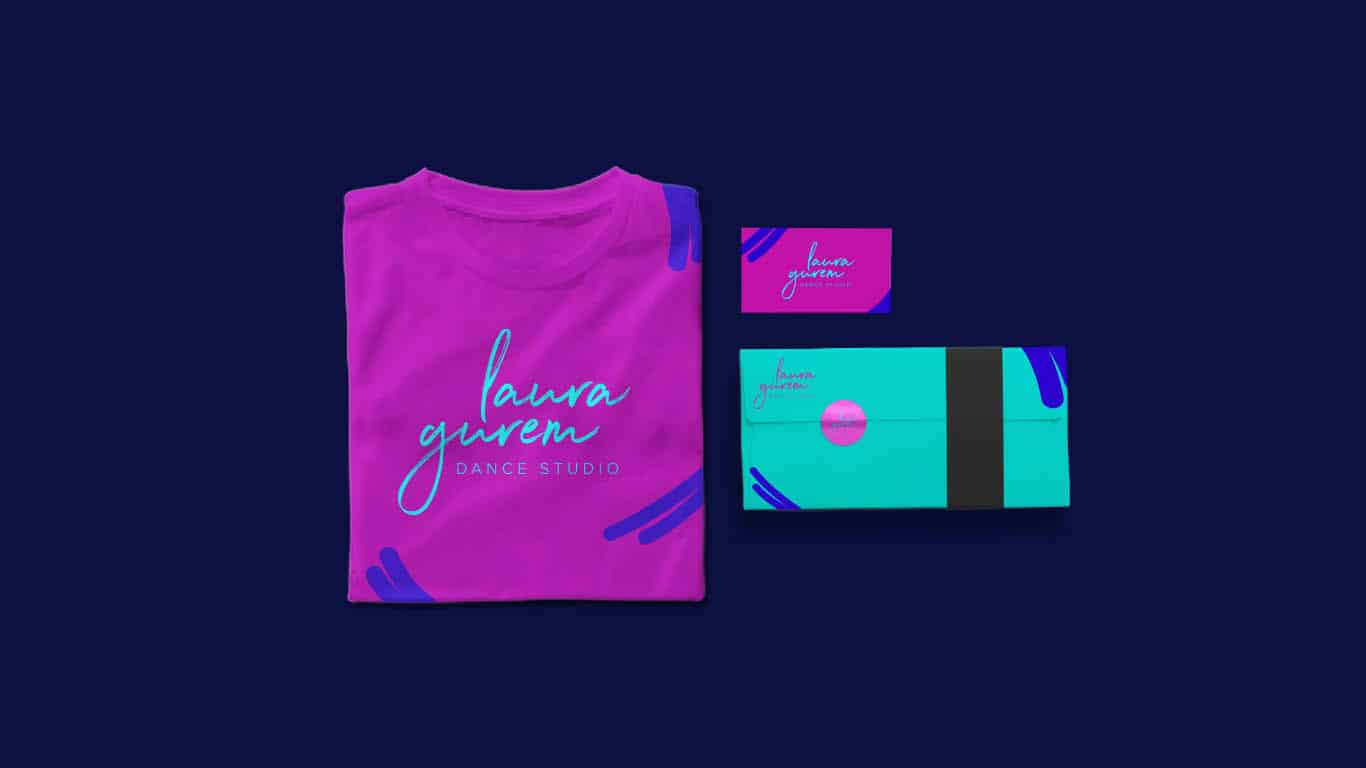
Brands love to print their logo on popular items of clothing, like hats, hoodies, t-shirts, etc. And when it comes to the actual printing method, well, there are a few different ways you can do it.
Embroidery
After your logo has been uploaded to a piece of specialized software, it’s transferred to a stitching machine that automatically takes care of embroidering your logo. For the best results with embroidery, use clothing items with thicker fabrics like baseball caps, polo shirts, hoodies, and jackets.
Screen printing
Instead of stitching, screen printing uses a stenciled mesh screen to create the logo design and then presses ink onto the fabric through it. It’s an excellent method to use if you need to order large quantities of items like t-shirts and bags. Plus, unlike digital printing, the colors are much more vibrant and extremely durable.
Transfers
This method involves creating vinyl stickers with your logo design and then transferring it onto the fabric. It’s the cheapest option compared to the others, but the vinyl stickers can peel off when the clothes are washed in hot water. So, this is an ideal option if you’re on a budget, but be warned that it may not last long.
More tips
If possible, order at least one item beforehand so you can see if your logo aligns well with the item and if the size is okay. If it’s too large or too small, it will look out of place. Like we said earlier, leaving margin space is essential to ensure your items don’t look crowded by your logo.
And, make sure to use your EPS logo file to ensure your logo is printed in high-resolution. Using PNG or any other file type may mean your logo will appear pixelated and blurry.
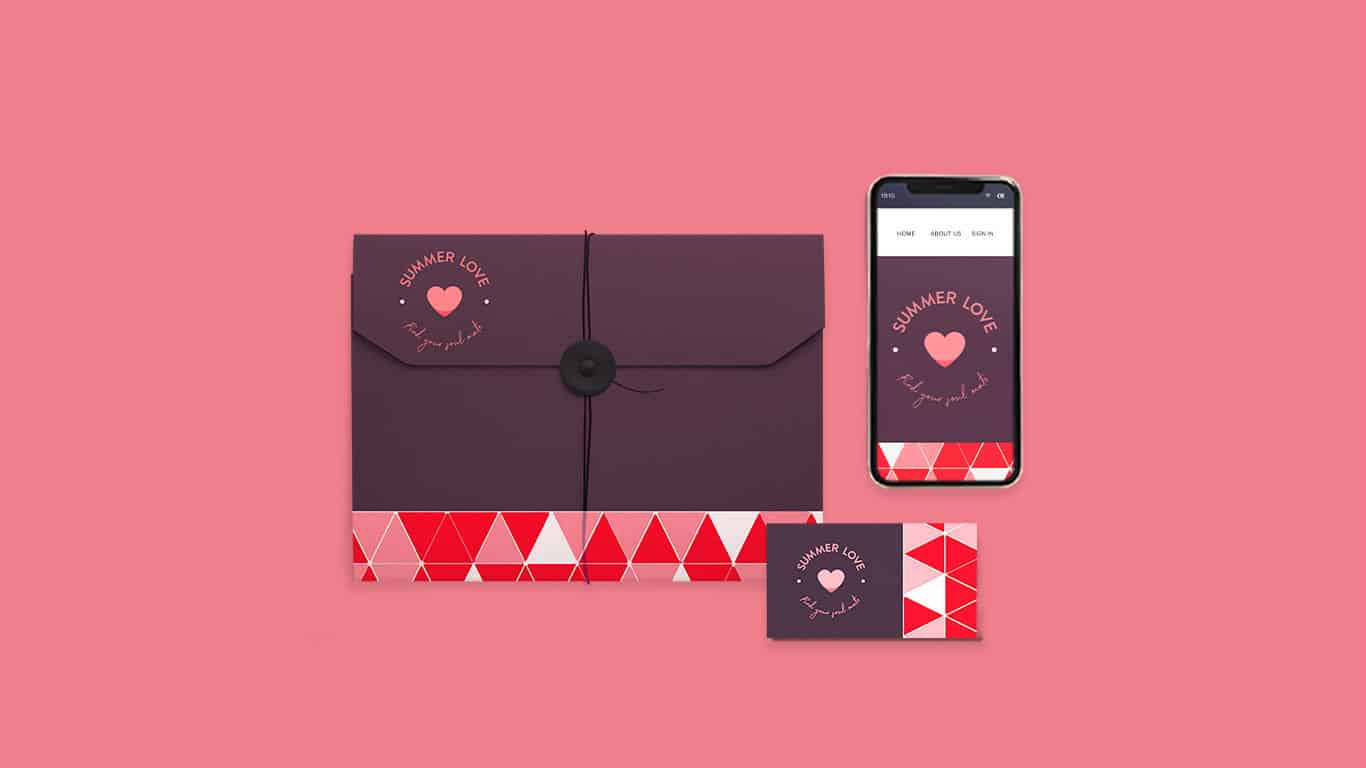
Do you deliver your products in a box or bag? Or need labels and tags for your store?
If you’re selling clothing or other apparel items individually or in bulk, you can give your branding a boost by putting your logo on your packaging.
The main thing to consider with packaging is how easy and recognizable your logo is. Not all packaging items have one color; sometimes they have their own design elements, such as backgrounds with patterns and multiple colors. Make sure that your logo is still visible and not overpowered by your packaging design.
When printing your logo on labels and tags, you can use embroidery or print. If you need to watch your budget, you can print your logo on stickers and place those on your packaging items – a great way to save some money.
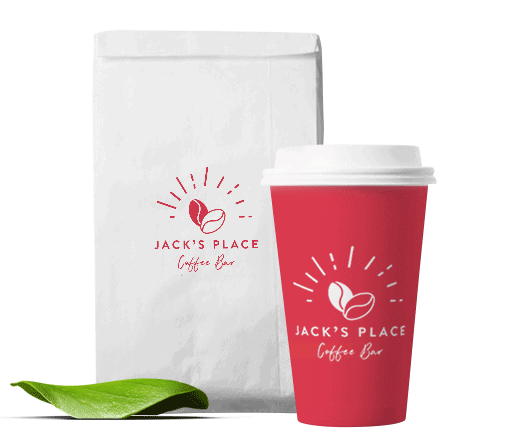
There are so many items you can print your logo on, keychains, stickers, pens, pencils, greeting cards, invitations, flip-flops, aprons, ties; the list is endless!
But before you get carried away and print your logo on every item under the sun, think about your target audience and what kind of products they’d appreciate.
If you’re selling edible foods, having napkins, aprons, and cups with your brand logo is a must if you want to appear professional.
If you’re in the sports industry, you can print your logo on essential items like towels, sweatbands, and water bottles.
Laptop sleeves, mousepads, and USB drives are great if you’re in the tech industry, selling products or services.
The key is to put yourself in your audience’s shoes and decide which items they’ll actually use. It’d be a shame to purchase printed items only for them to be thrown in the trash straight away.
If in doubt, ask your audience what items they’d like!
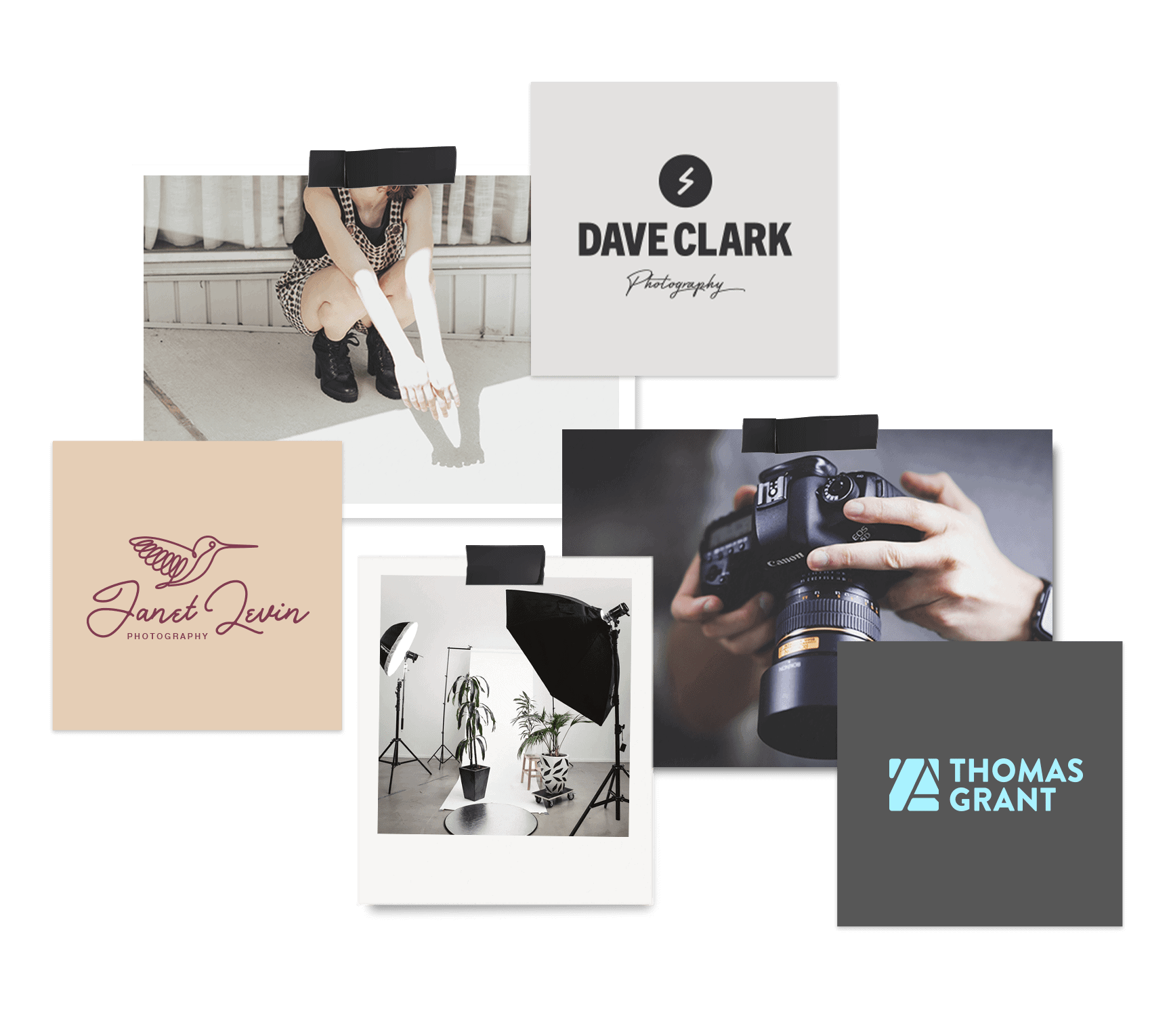
If you’re looking to make a significant impact with your logo, printing it on a giant billboard or street sign is a great way to get noticed.
When blowing up your logo to bigger proportions, you must use the vector EPS files for your logo to ensure it looks professional. Otherwise, the ultimate design will look blurry.
If you want people to talk about your brand, or take pictures and share it, you need a logo that does more than just represent your brand. It needs to make an impression! It needs to grab attention and stick out.
Use bright, contrasting colors to help your logo pop out from your printed sign. Otherwise, it will look drab and unattractive.
By now, you’re positive that you can print your logo on nearly anything you want, from clothing and bags to tech products like laptop cases and mousepads.
But will your audience find it interesting and useful? Before parting with your hard-earned cash, carry out a survey to find out what items your customers want or check out similar businesses who also have branded products.
Then, take the time to experiment with distinct logo colors and sizes, so the final result is not only eye-catching but perfectly fits the item.
And finally, make sure you’re always using the correct file type, so your printed logo isn’t pixelated and blurry. You can always see a mockup or purchase a test item to view it hands-on.
If you’re looking for a one-stop-shop logo maker that designs your logo and gives you print-friendly designs and file types, then check out Tailor Brands!
Products
Resources
@2024 Copyright Tailor Brands